Giovanna Esposito Yussif: Changing Structures Closest to Home
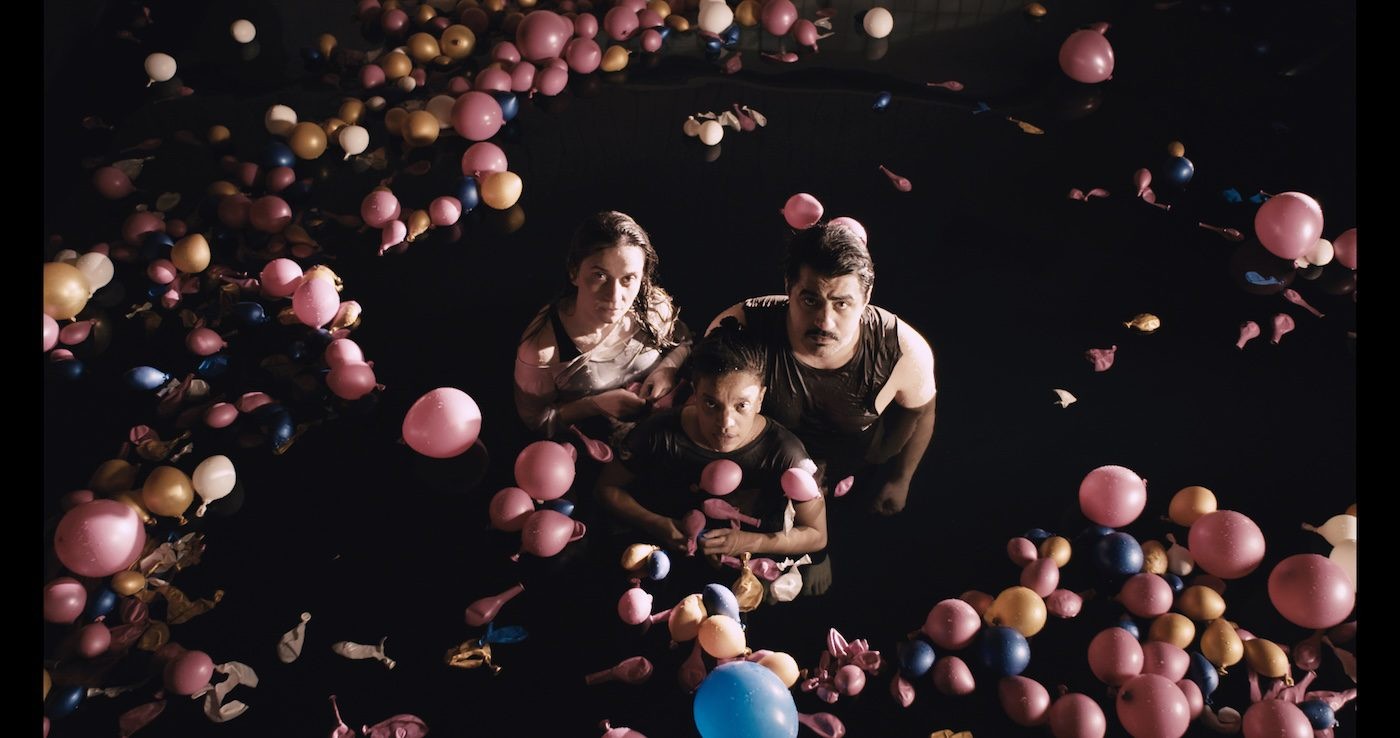
03 May 2019
Magazine C& Magazine
Words Theresa Sigmund
7 min read
The Helsinki-based curator and researcher Giovanna Esposito Yussif is part of the Miracle Workers Collective, which is curating the Finnish Pavilion at this year’s Venice Biennale and a series of parallel public events entitled “iterations.” Ahead of the opening, C& spoke to her about the curatorial as a strategy for collectivizing questions, where to start changing structures, and how to talk to spaces with site-specific installations.
C&: Can we read the Miracle Workers Collective’s pavilion and the “iterations” as a statement seeking to undermine the idea of the national pavilion?
Giovanna Esposito Yussif: That is certainly one part of it. In a way, the Miracle Workers Collective came together as a call-and-response to transgress the boundaries that this type of exhibition logic is immersed in. In the current geopolitical spectrum, where the rise of fascism and xenophobia are undeniable to some and disguised as free speech to others, to get together and openly question the failed notion of the state, the romanticism of the nation, and their colonial enclosures from a critical position of plurality is as urgent as ever.
Our proposal affirms the possibility of impossibility. How to render viable that which was not in question before? How to challenge it, unfold it, shake it, and shift it upside down? How to shift the perspective from which one understands the world in order to understand something different from it, while acknowledging one’s own implication in either reproducing forms of oppression or imagining and striving for other ways of practicing and living?
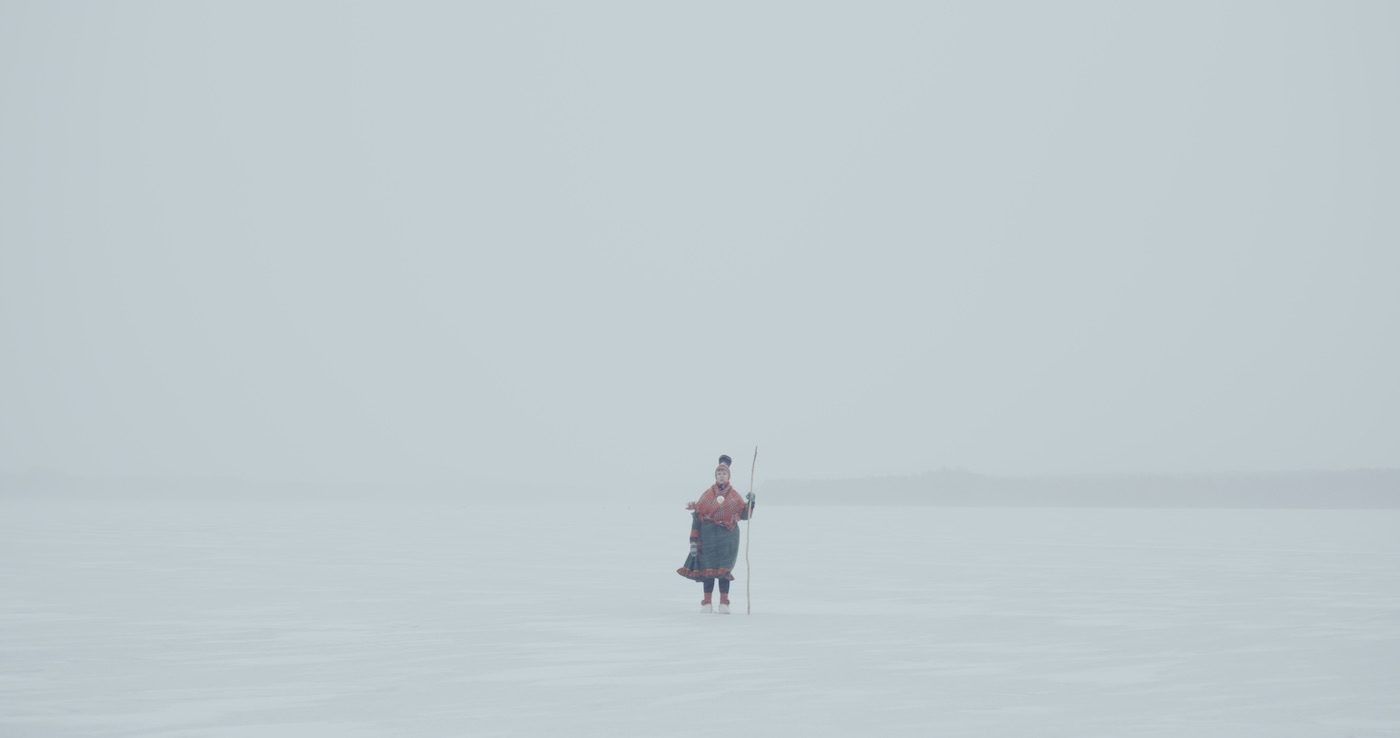
The Miracle Workers Collective, The Killing of Čáhcerávga, 2019. HD Video Still. Produced by Frame Contemporary Art Finland for the 58th International Art Exhibition – La Biennale di Venezia. Image courtesy of the artists. The Pavilion of Finland at the Venice Biennale 2019 is commissioned by Frame Contemporary Art Finland, 11 May - 24 November 2019, frame-finland.fi
C&: The togetherness of many different people working from different backgrounds and subjects will be really strong in such a small pavilion. How can we imagine the exhibition?
GEY: The whole project is a trigger for broadening pathways, an initiator of conversations. The “iterations” are mechanisms of displacement into other temporalities and geographies, and the pavilion is a port of access or resonance. They function as unfoldments, platforms to expand our ecology of practices while situating them within specific contexts, since not every question can be equally open everywhere, or have the same resonance. The exhibition in the pavilion, the iterations, and the publication are also conceived as analogous to a living organism, where all the parts are as relevant for its being. They are ways of expanding the collectivity through other people, artists, writers, etc.
The Miracle Workers Collective deploys various forms of articulating collective practices, from the experiment of bringing together people who haven’t collaborated before, to developing practice with the collectivities that inform us, every day or in the heritages we carry. It’s about coming together in conversations, dissonances, and polyphonies in a realm that is both reality and fiction. The exhibition takes a position towards that which traverses our relations and forms of belonging, by bringing in elements that crucially determine our current forms of being in the world: land, water, and mobility. Several of us have been working on radically disobeying discipline. I do not refer only to discipline in terms of the knowledges and skills developed in our practices, but to the forms of disciplinarity in which these practices are immersed – i.e. canons, patriarchies, nationalisms, hierarchies, etc.
C&: Alliances and collaborations are immanent to you and your work. Which other subjects inform your work and in what contexts do you develop your projects?
GEY: My practice is nurtured and rooted by feminist, decolonial, anti-nationalist, and non-capitalist practices and strategies, and those are the realities I strive for. I am interested in conceiving non-dominant practices from collective models of inquiry and processes of dissentient imaginations. Therefore, I am not focused on collaborations per se, but on the act of collectivizing questions in order to plant seeds and share struggles, while imagining new possibilities in the multiple answers or questions that arise.
Developing alliances is a natural way of surviving. Rooting alliances means actively recognizing and acting on the fact that the struggles in the context you live in are also your own. It is a decision about how to become implicated, and for me the most direct way is in one’s field of action. I am working with diverse collectives and initiatives on issues that we see as hindering our practices and livelihoods. In a place that has been quite hermetic and still believes its illusion of homogeneity, how to bring a diversity of people into knowledges, political positions, decision making, and policymaking? Guiding questions that rise from my self-criticality include: Why do we work the way we work? And what can one do to make practices meaningful, dignified, congruent, fair?
To change structures one must begin from self-critique. Although I strive for feminism, I have been disciplined in a patriarchal society and there are things I need to be careful not to reproduce, and I need to have the will and effort to change myself, my environment, my working practices. The first structures we need to change are those closest to home. It is not only the structure one needs to change, but also the way one relates to it. And when one recognizes that the problem is not personal but structural, then we can enact change. For that, collectivities are needed – although it is important to demythologize collectivity, not to conceive of it as utopia but as formations always in process, always in the making.
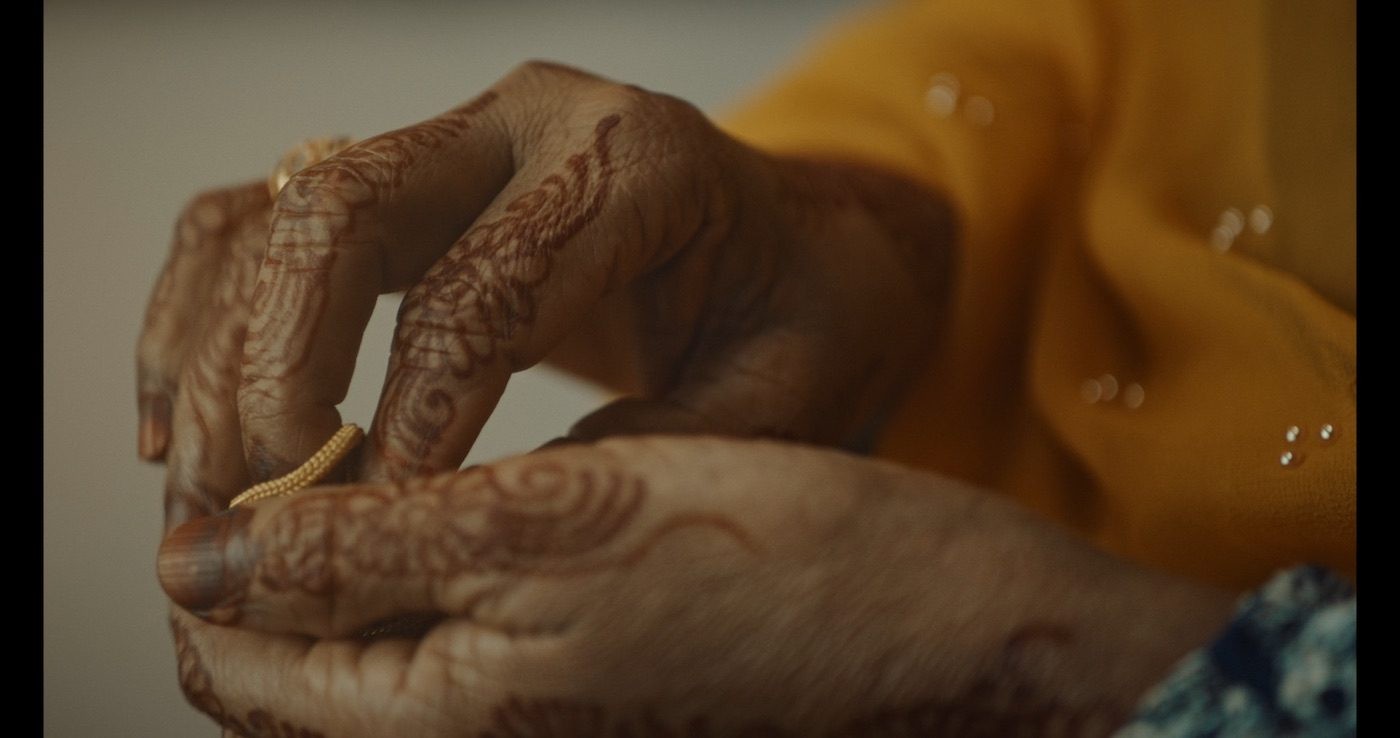
The Miracle Workers Collective, The Killing of Čáhcerávga, 2019. HD Video Still. Produced by Frame Contemporary Art Finland for the 58th International Art Exhibition – La Biennale di Venezia. Image courtesy of the artists. The Pavilion of Finland at the Venice Biennale 2019 is commissioned by Frame Contemporary Art Finland, 11 May - 24 November 2019, frame-finland.fi
C&: You are interested in site-specific production and situated knowledge. How will the two approaches speak to each other here in a pavilion with a nonlinear history?
GEY: For me it is crucial to always consider not only what to exhibit but why to exhibit, since exhibition making (in an expanded way) can be a collective power striving for a public truth. As such, it needs to be grounded both in the context and the urgency of the needs one recognizes.
For example, in our Berlin Iteration I worked closely with artist Outi Pieski and researcher Eeva-Kristiina Harlin to bring forward the case of rematriation of the Sámi cultural belongings that are in German collections. We requested on loan three Sámi horn hats that are part of the collection of Staatliche Museen zu Berlin. Outi and Eeva presented a powerful lecture on four voices. It was important to take their research to Berlin because only few of these hats are in Sámi territory and the majority are in European museums, such as those in Berlin. And due to the ongoing discourse concerning the Humboldt Forum, and increasing claims for repatriation of belongings taken by various means from their societies. It was necessary to bring these questions forward while challenging the notion of repatriation, by proposing rematriation as a different form of relation with and activation of cultural belongings.
The 58th Venice Biennale opens on 11 May 2019.
Giovanna Esposito Yussif (b. 1981) is a curator and researcher with background in art history, museology, and critical theory. Over the past few years, Esposito Yussif has focused her praxis on collective models of inquiry, exercises of criticality, and processes of dissentient imaginations. Through her work, she is devising research on non-dominant practices. With David Muoz she co-founded NÆS – Nomad Agency/Archive of Emergent Studies, a living agency/archive practice that intersects the emergent dynamics of social organization, promotes studying against the grain, and the political space of research as the right to know and the right to imagine together. Esposito Yussif has collaborated with diverse international institutions including Savvy Contemporary, Goethe-Institut Finnland, Manifesta Foundation, Checkpoint Helsinki, Frame Contemporary Art Finland, Helsinki International Artist Programme – HIAP, Laboratorio Arte Alameda, Sala de Arte Público Siqueiros and Galería OMR.
Interview by Theresa Sigmund.
Read more from

Maktaba Room: Annotations on Art, Design, and Diasporic Knowledge

Irmandade Vilanismo: Bringing Poetry of the Periphery into the Bienal
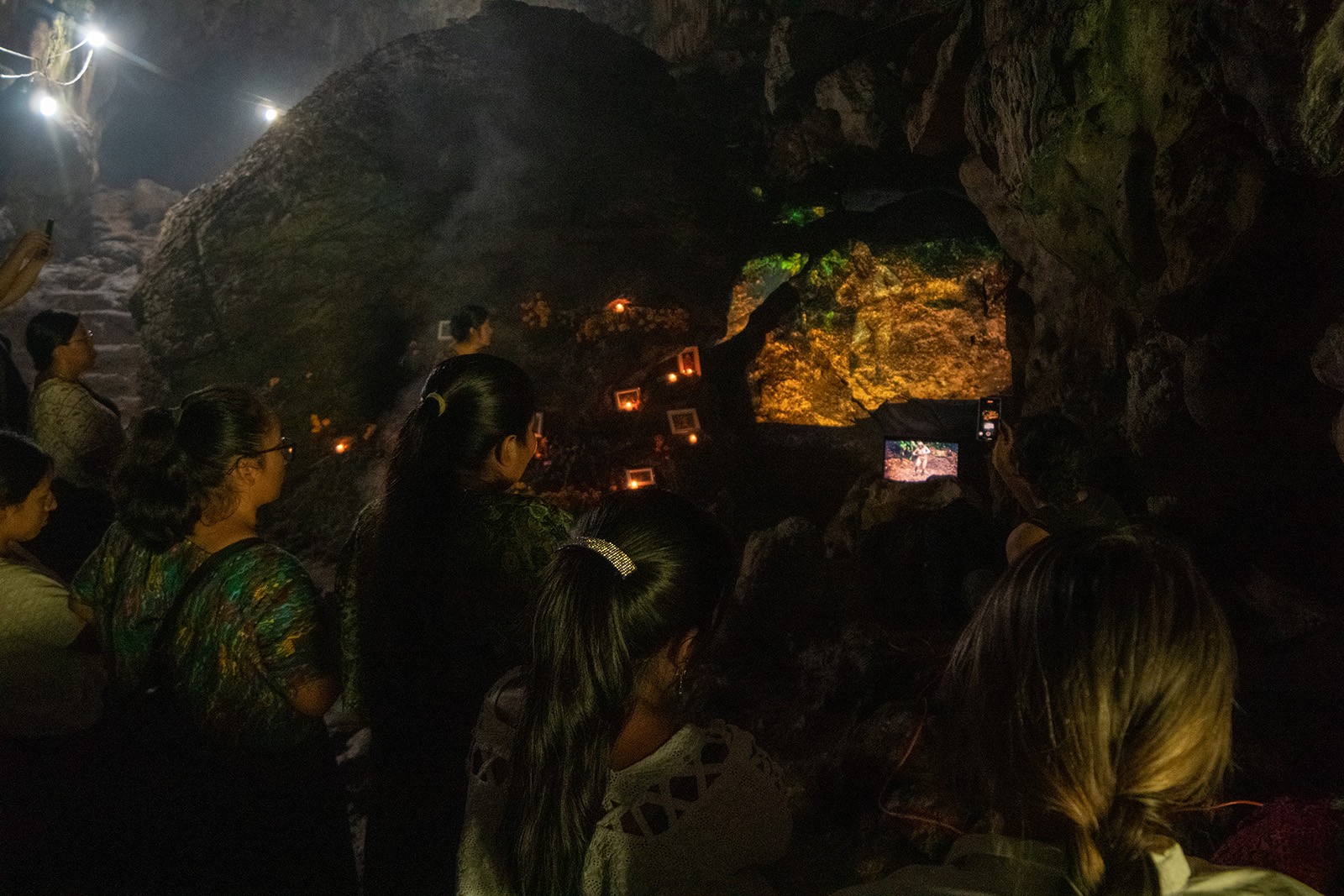
Esperanza de León: Curating Through Community Knowledge
Read more from

Irmandade Vilanismo: Bringing Poetry of the Periphery into the Bienal
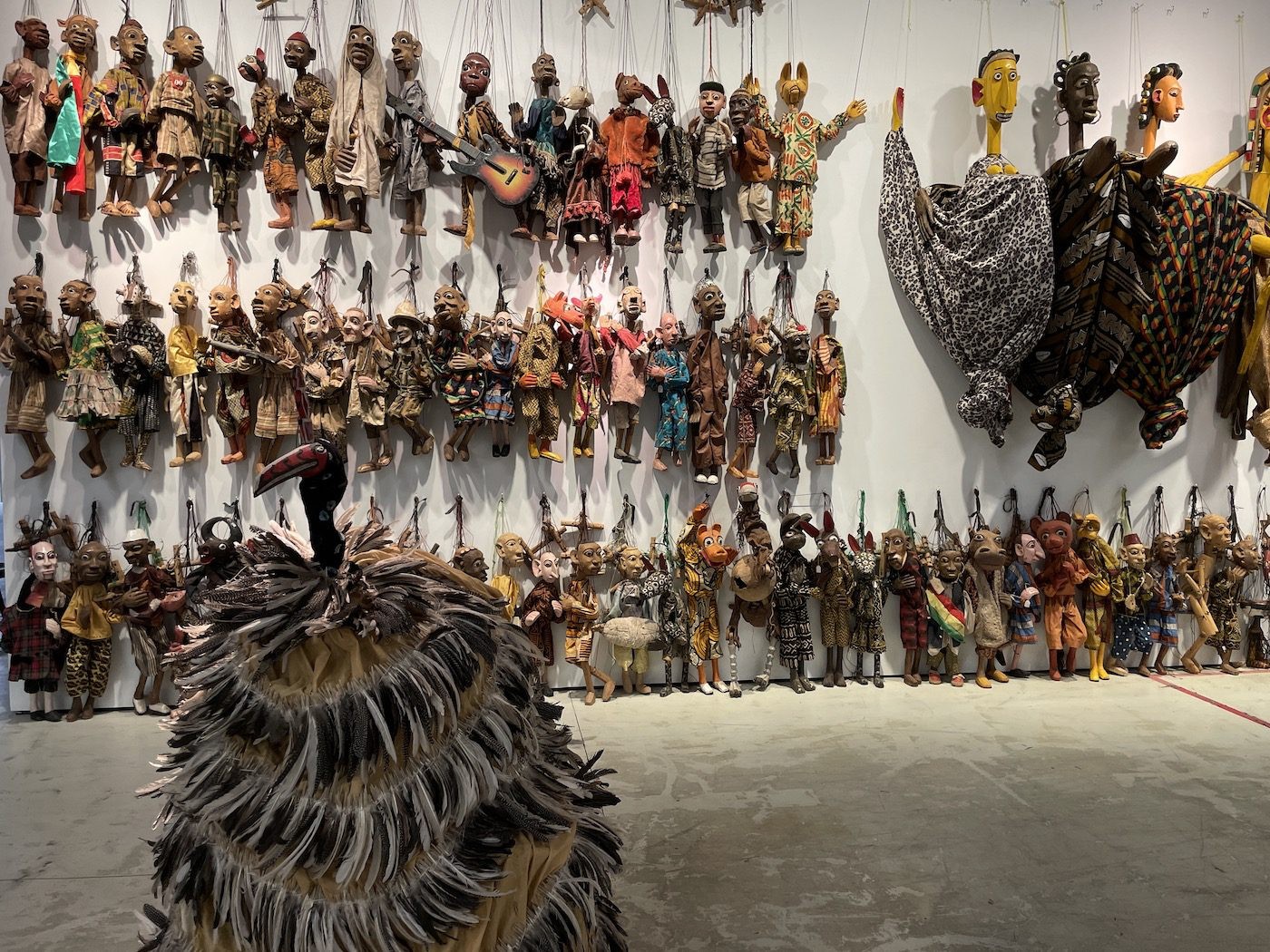
documenta fifteen
